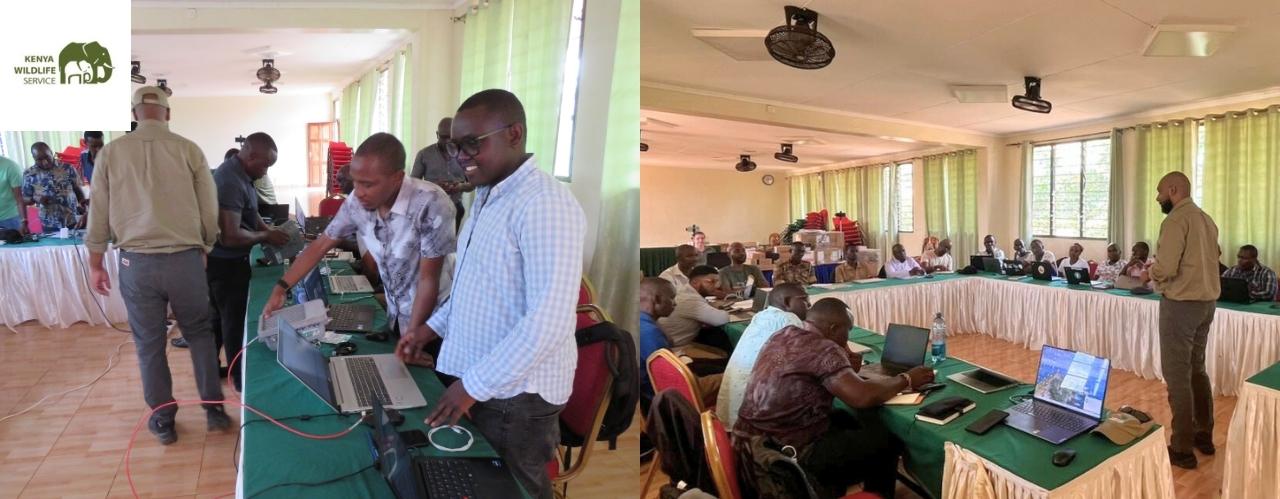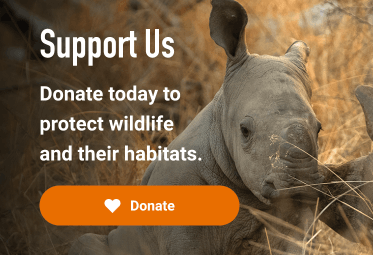Scaling Technology Capacity for Data-Driven Conservation
From Kenya to Vietnam, CCF’s Protected Area Technician (PAT) program is hitting the field, classrooms and global conferences — building the hands-on tech capacity conservationists need to protect wildlife in a digital age.
Connected Conservation Foundation (CCF) brings critical technologies - from sensors and satellites to AI and analytics - directly to the field, empowering practitioners and local governments to protect wildlife and ecosystems. Yet, skilled technicians to maintain these systems and ensure continuous data flow remain scarce.
To close this gap, in July, we launched the world’s first free Protected Area Technician (PAT) Training Program. The response has been remarkable: within just three months, more than 400 learners enrolled, and over 300 certificates have been issued.
Protected Area Training on Tour
Over the last three months, our dedicated team has been building momentum for the PAT Training through engagement with governments, conservationists, technologists and students worldwide, via workshops, in-field training and international events. Including:
- Uganda, Entebbe - EarthRanger Conference
- South Africa, Hoedspruit - EarthRanger Training Workshop
- Vietnam, Hanoi - SMART EarthRanger Applied Conservation Technology Congress

Protected Area Training in the Field
Building national capacity with Kenya Wildlife Service (KWS), Manyani, Kenya
CCF successfully delivered its first large-scale conservation technology training in Kenya, providing user-level instruction to 150 KWS cadets. This was followed by an advanced administration PAT IoT course for 13 conservancies and KWS government staff, conducted over a five-day program.

Hosted at the KWS Law Enforcement Academy in Manyani, the training guided field technicians from foundational concepts to hands-on applications of conservation technology utilising LoRaWAN, Actility’s ThingPark Enterprise (TPE), Connected IoT and EarthRanger. Participants began with LPWAN fundamentals and gateway deployment, progressing through the complete data flow — from sensors and gateways to network and application servers.
Through practical lab sessions, participants gained hands-on experience in sensor onboarding, connectivity troubleshooting and secure device authentication. The integration and visualisation modules showed how to link IoT data streams to EarthRanger and display live conservation data on maps. The final day focused on scalability, bulk operations and real-world deployment planning. By the end of the program, participants were equipped to deploy and manage conservation IoT systems in their reserves with confidence and independence.
New Certified Online Courses
As part of our ongoing investment in sustainable technology support, two new training modules have been added:
Deploying Networks and Devices: Delivered by Jordi van Oort from African Parks and Laura Hoad from CCF, this module guides learners through practical planning and installation of networked systems and devices. From radios and camera traps to tracking collars and IoT sensors, taking into account terrain and vegetation to optimise connectivity.
Internet of Things (IoT): Led by CCF’s Swabir Abdulrehman, this module guides learners through LoRaWAN IoT technologies. Participants will learn how to onboard and configure sensors and gateways, as well as add logic in the application server to enable automated data transfer and alerts to EarthRanger.

Next steps
Our focus remains on leaving a lasting legacy of technology, capacity and expertise to empower countries to scale conservation independently and share knowledge across borders. In the coming months, we will:
- Replicate and expand national capacity programs, supporting more in-country training sessions and mentorship pathways in Kenya, South Africa and Mozambique.
- Strengthen our coalition of content development partners, building new collaborations with technology providers, universities and Protected Area managers
- Provide our first round of field placements, giving learners real-world opportunities to apply their digital skills in conservation settings and advance their professional careers.
A special thanks to our content partners:

We extend our gratitude to our partners who have helped develop content to build a skilled global workforce to protect nature in the digital age.


